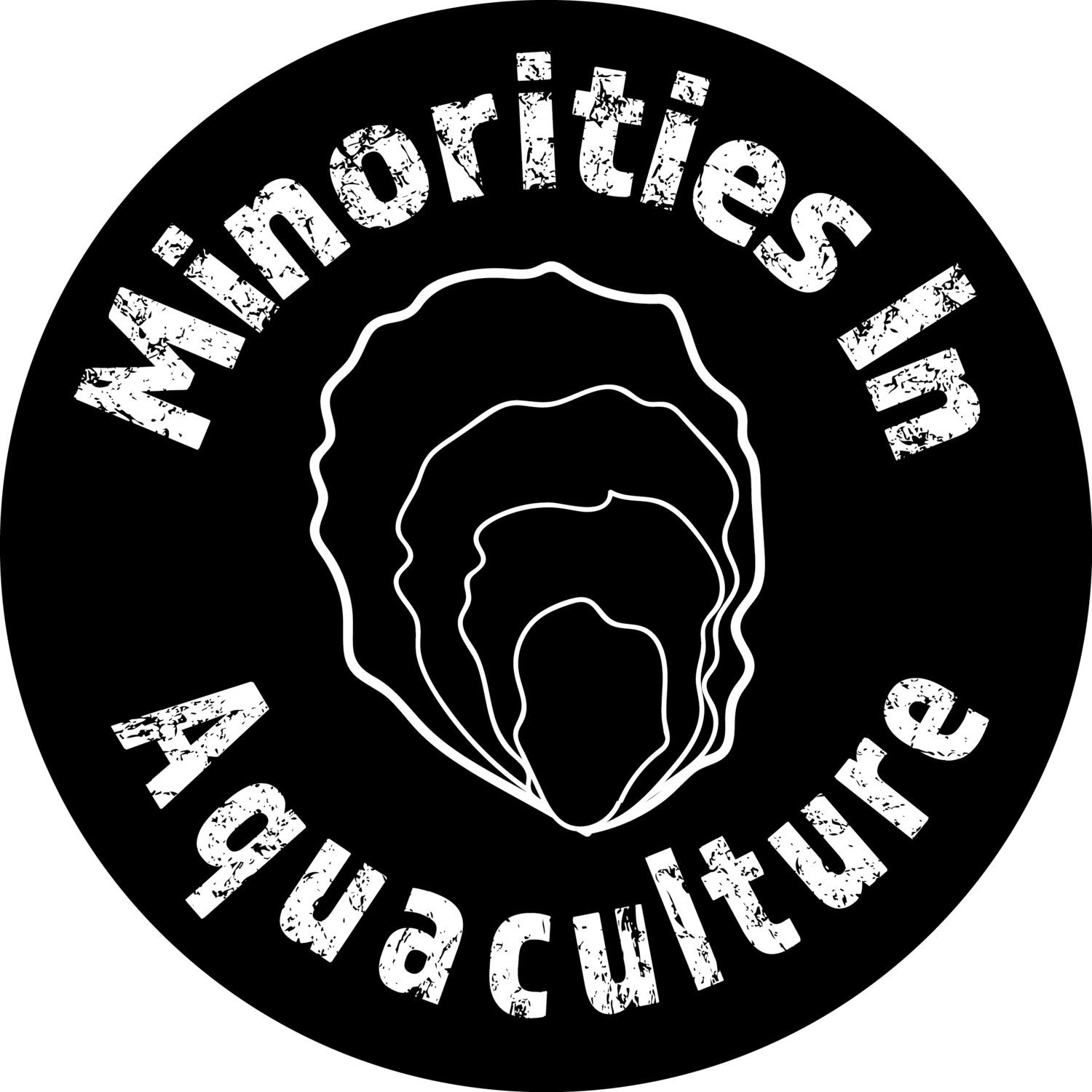Eating More Oysters Helps Us—And The Chesapeake Bay
science friday | April 5, 2024
Imani Black and Dr. Tara Scully with Ira on stage in Washington D.C. Credit: The George Washington University
The Chesapeake Bay produces around 500 million pounds of seafood every year, providing delicious blue crabs, striped bass, oysters, and more to folks up and down the coast. It’s one of the most productive bodies of water in the world, but the bay is constantly in flux due to the stressors like overfishing, pollution, and climate change. But scientists have a plan to conserve the bay’s biodiversity, support the people who rely on it, and keep us all well fed—and it involves oyster farming.
On stage in Washington, D.C., Ira talks with Imani Black, aquaculturist, grad student at the University of Maryland Center for Environmental Science, and founder of the nonprofit Minorities in Aquaculture, as well as Dr. Tara Scully, biologist and associate professor at George Washington University. They discuss the bay’s history, the importance of aquaculture, and how food production and conservation go hand in hand.

